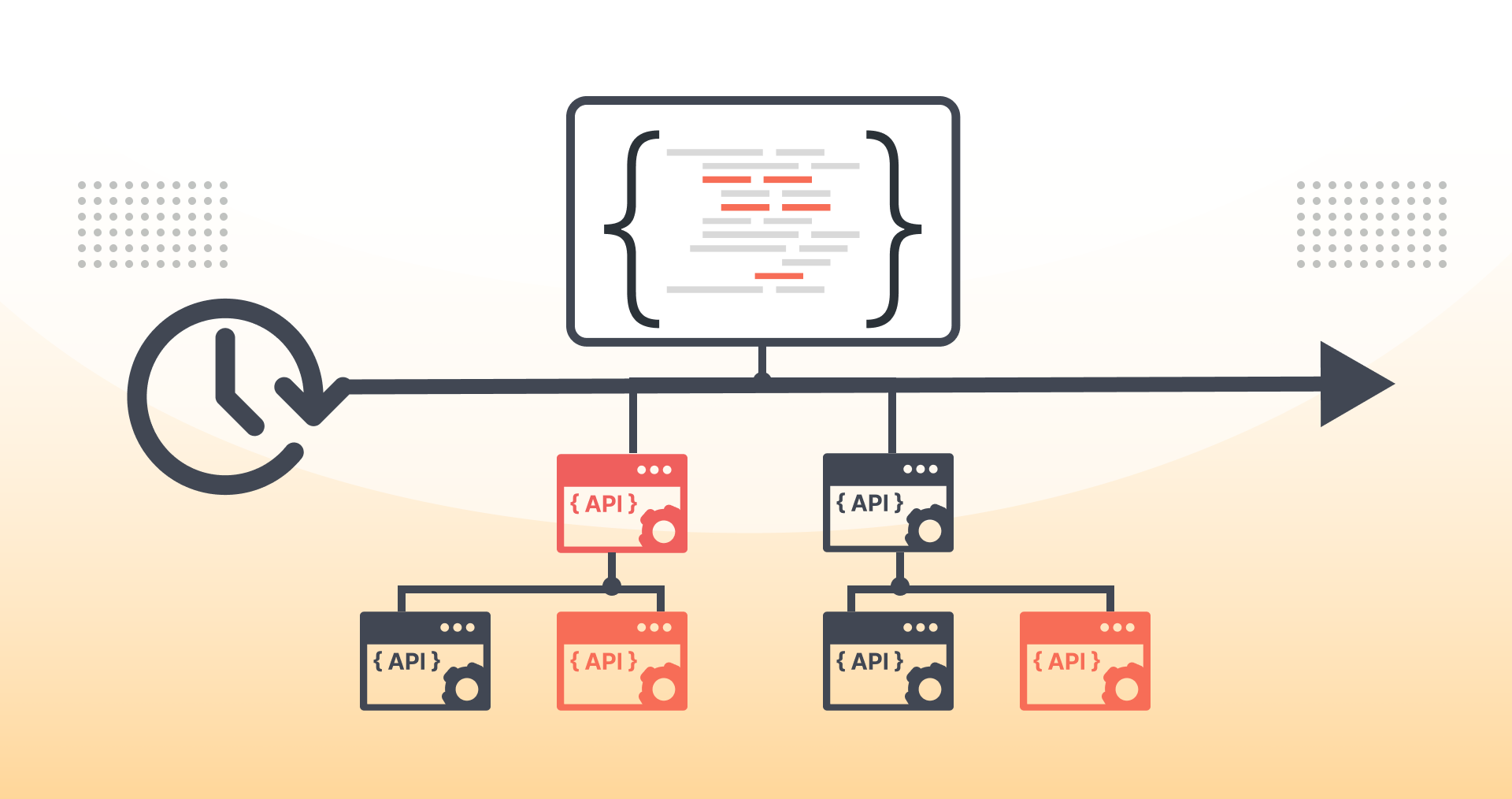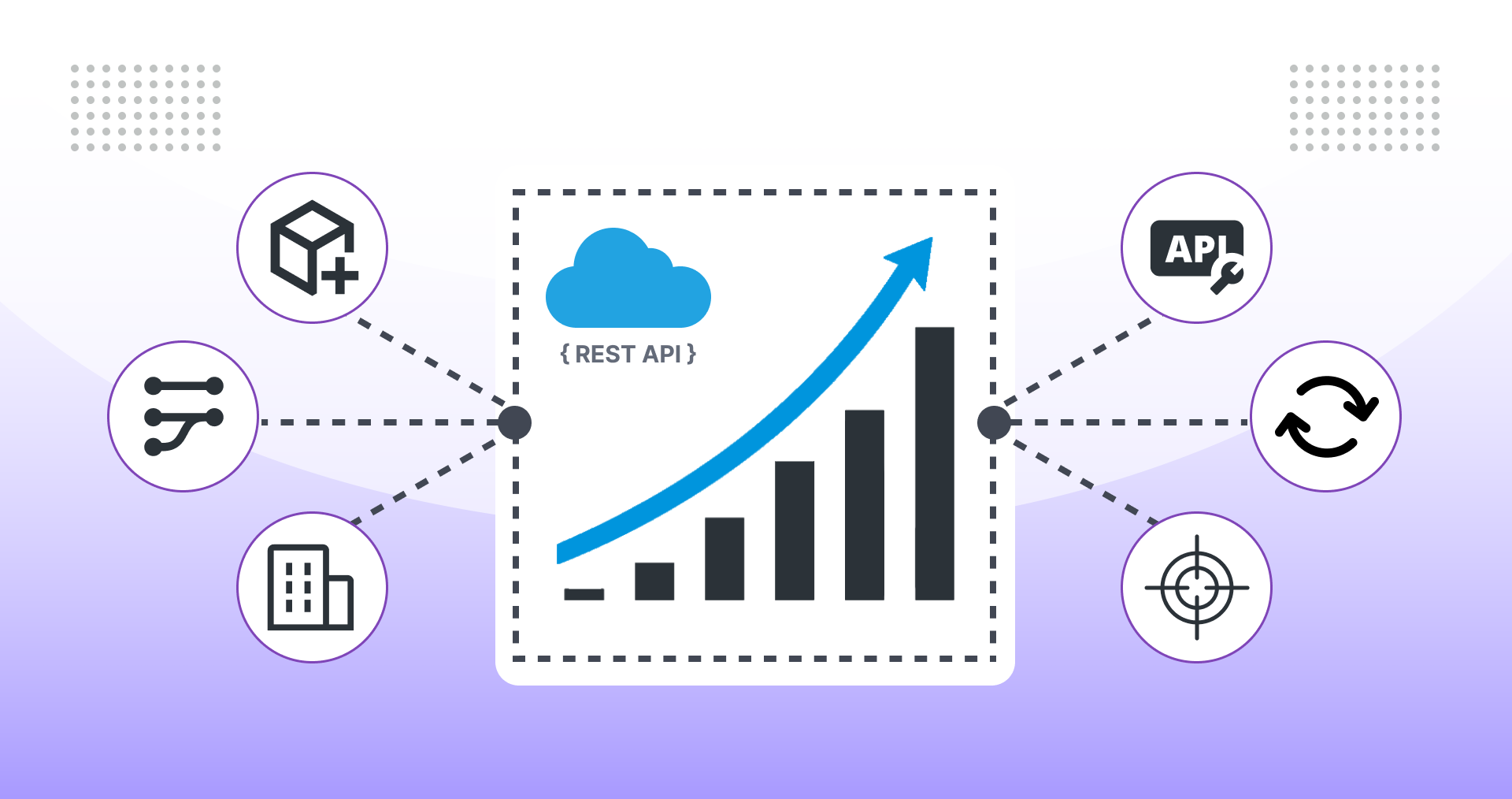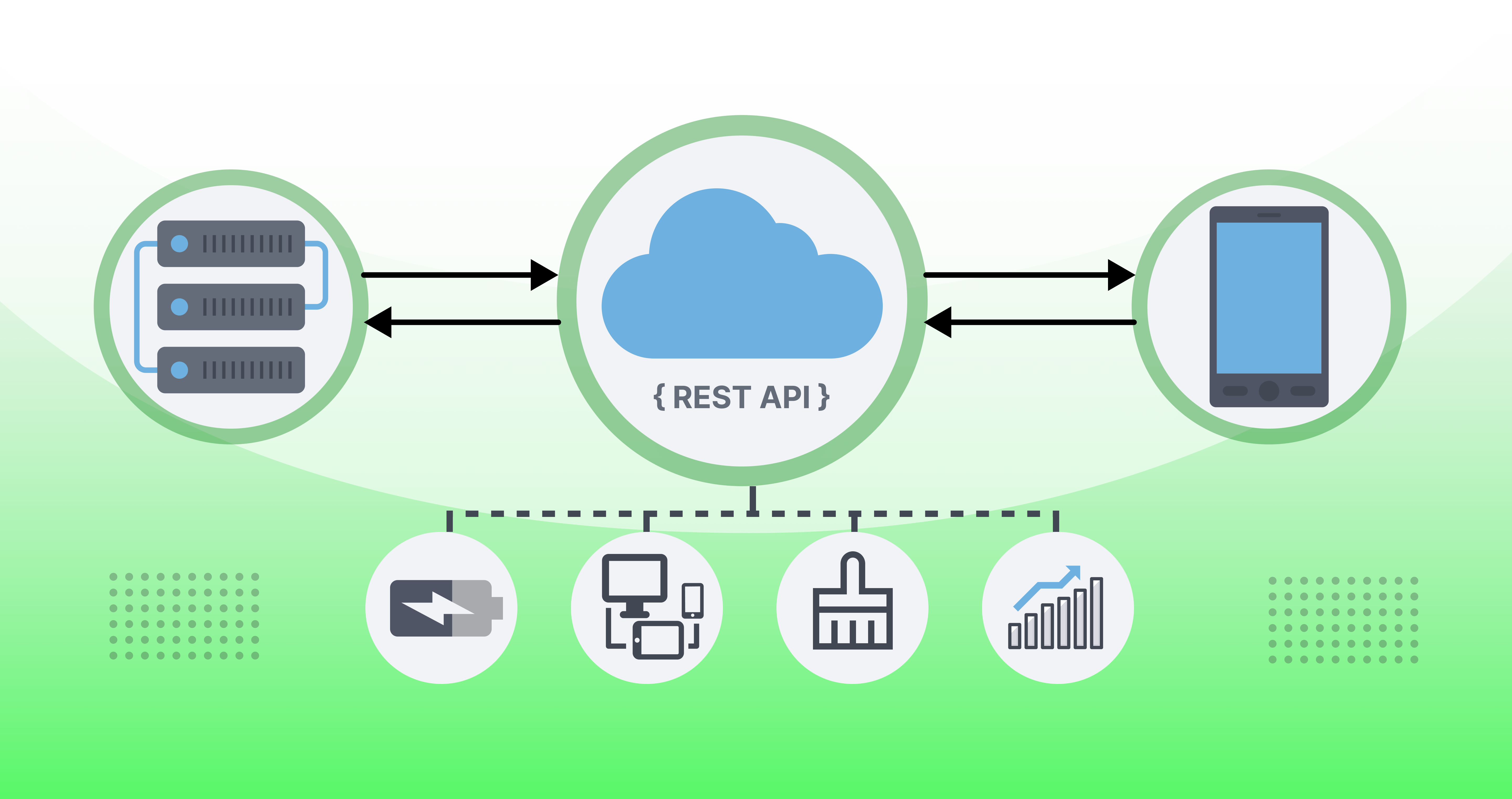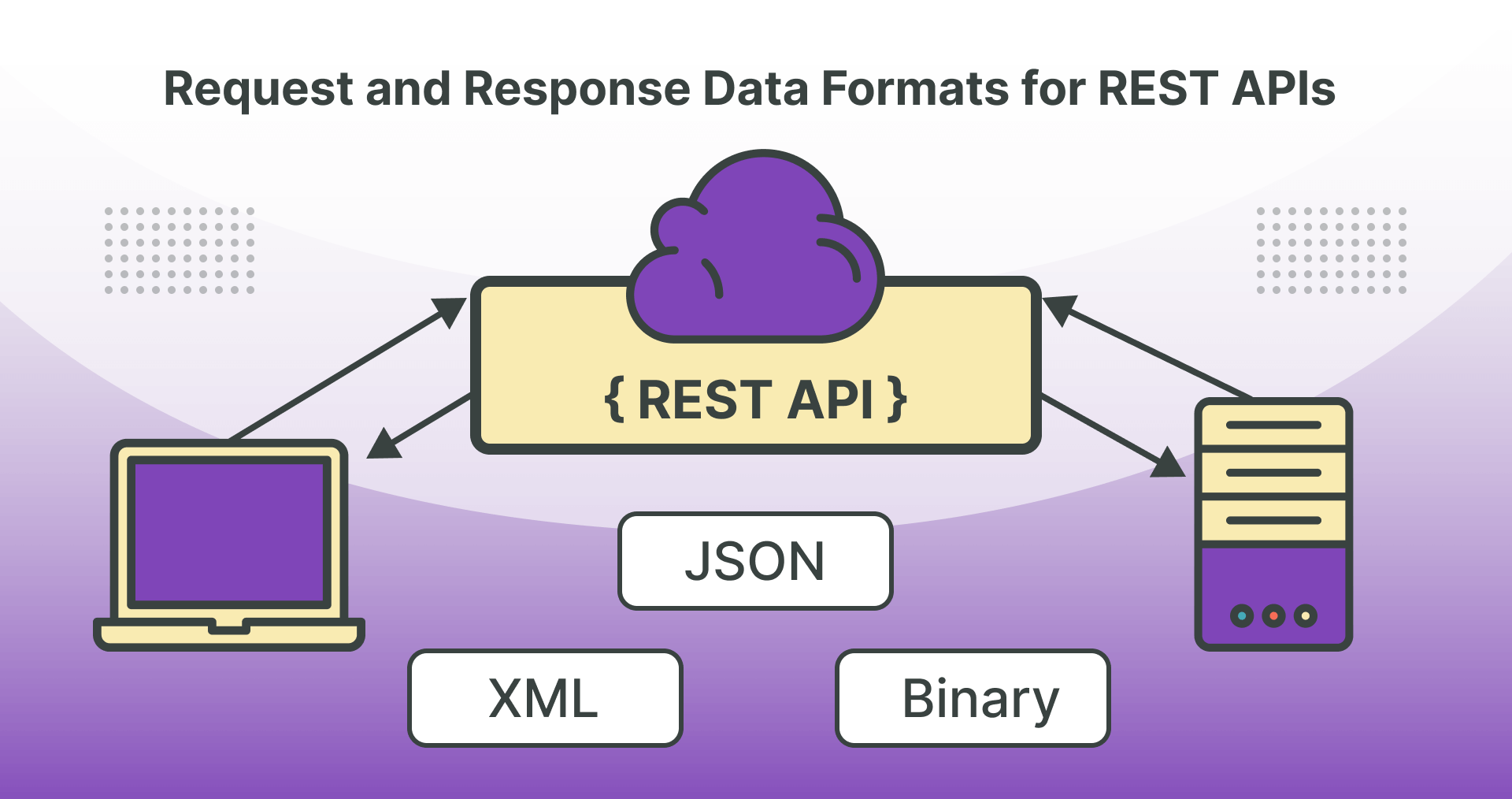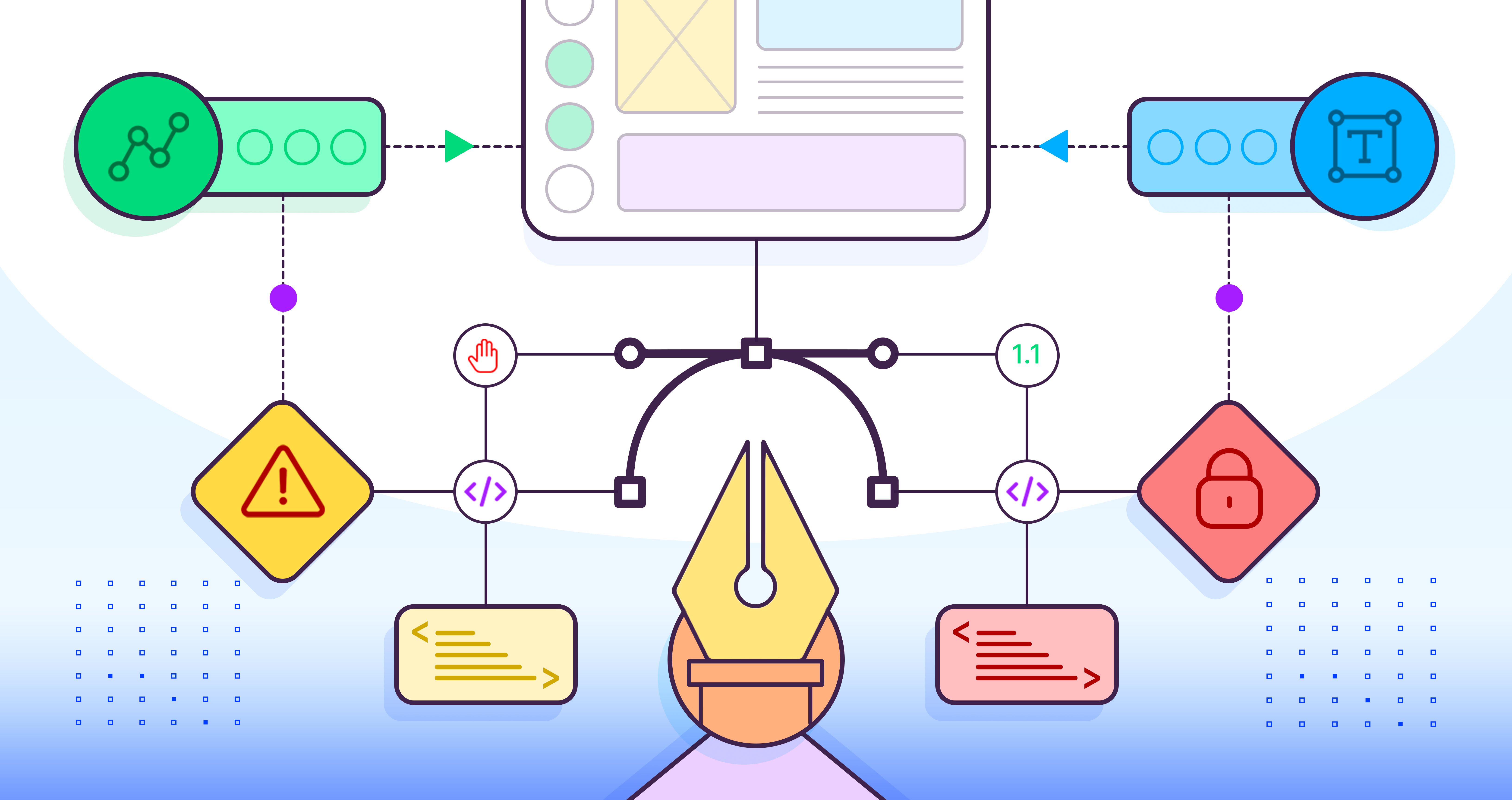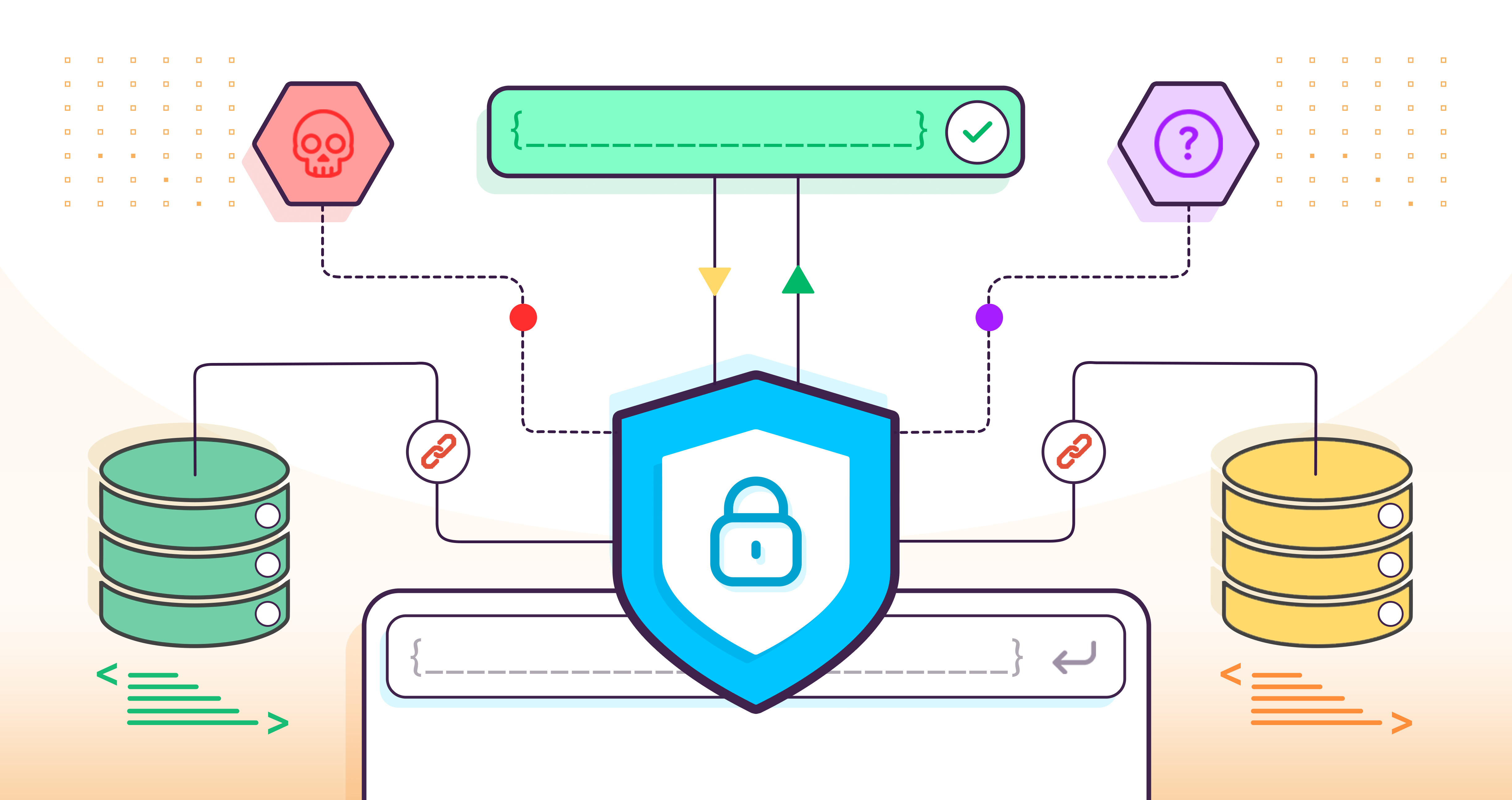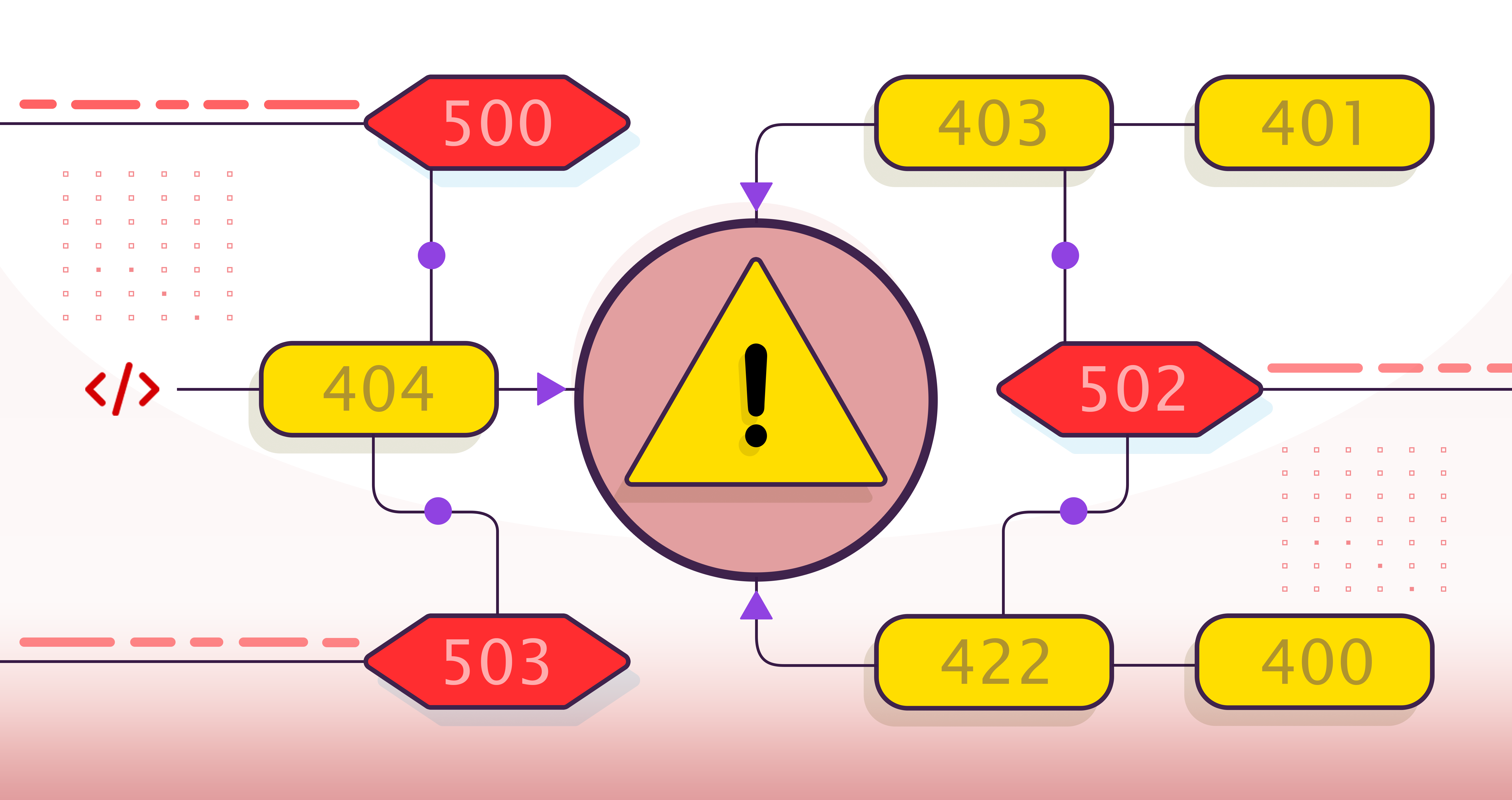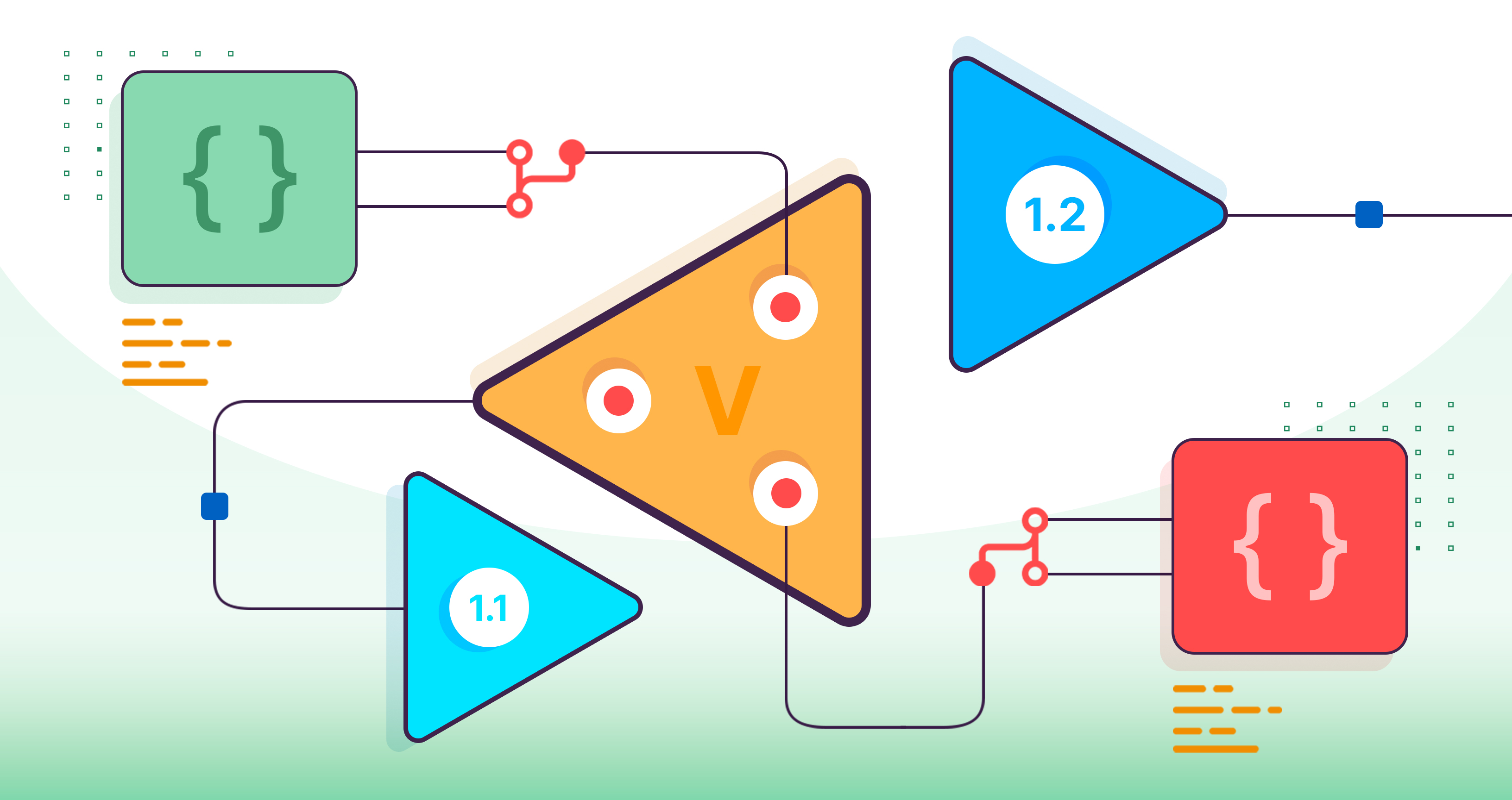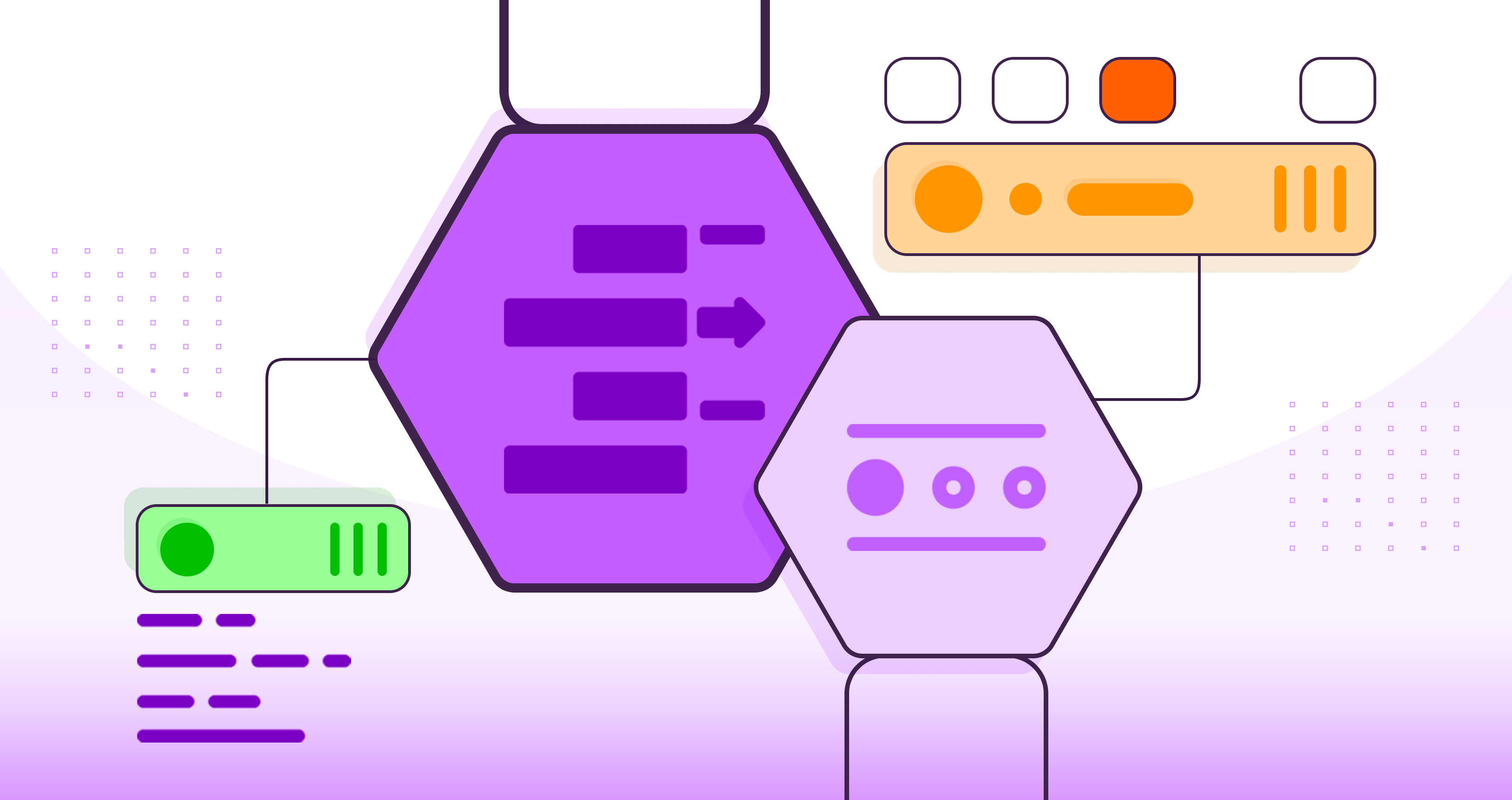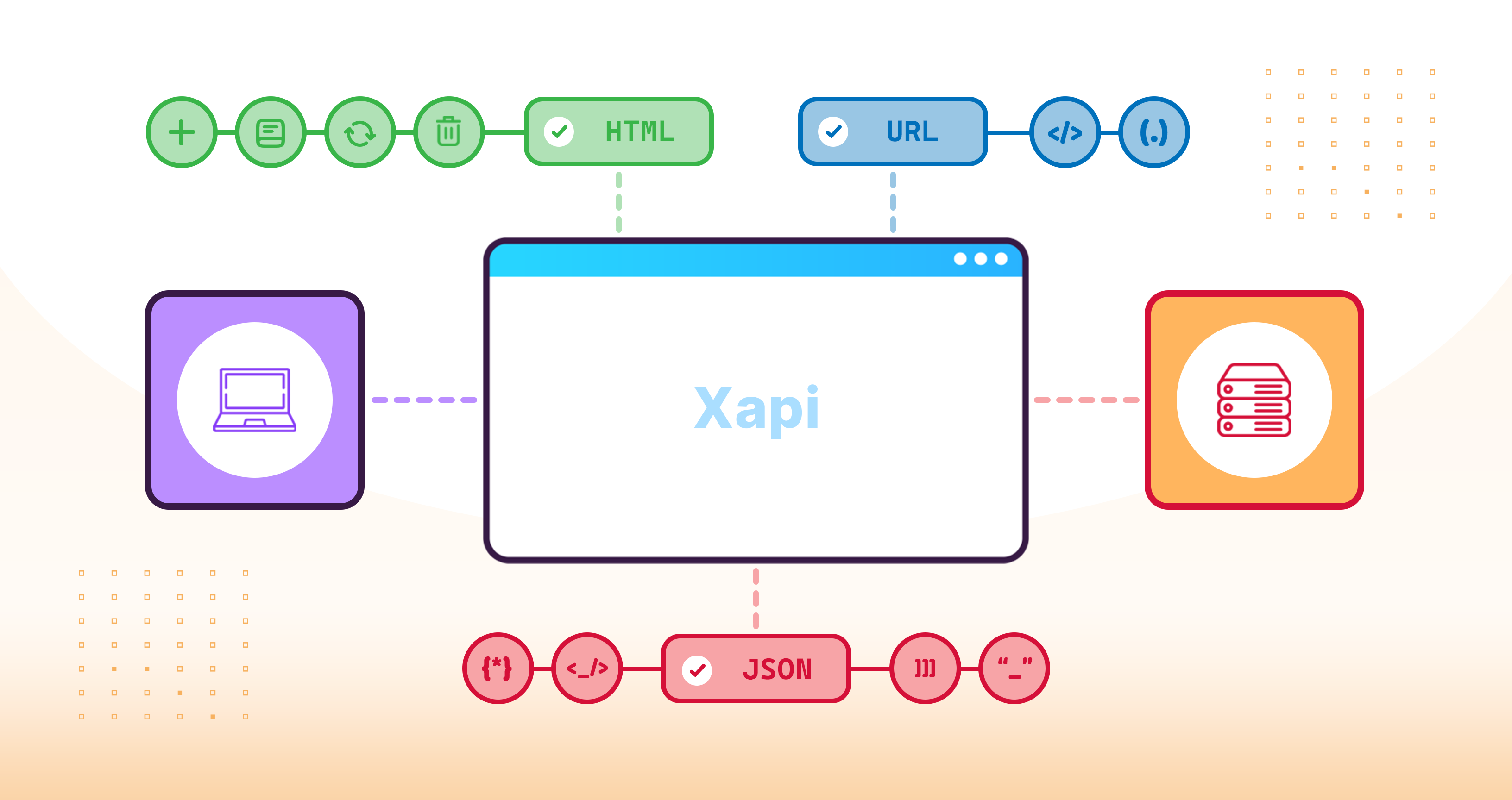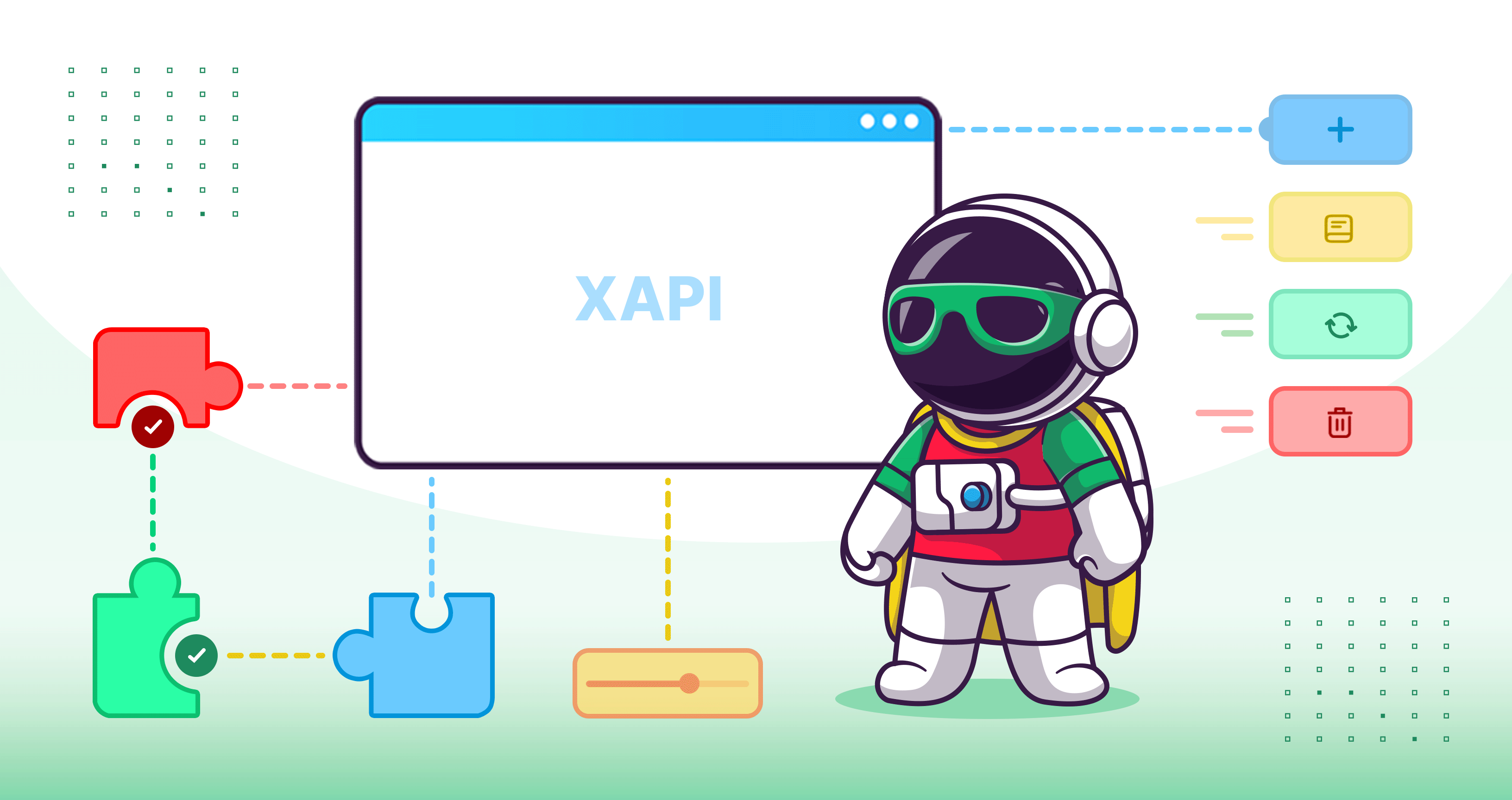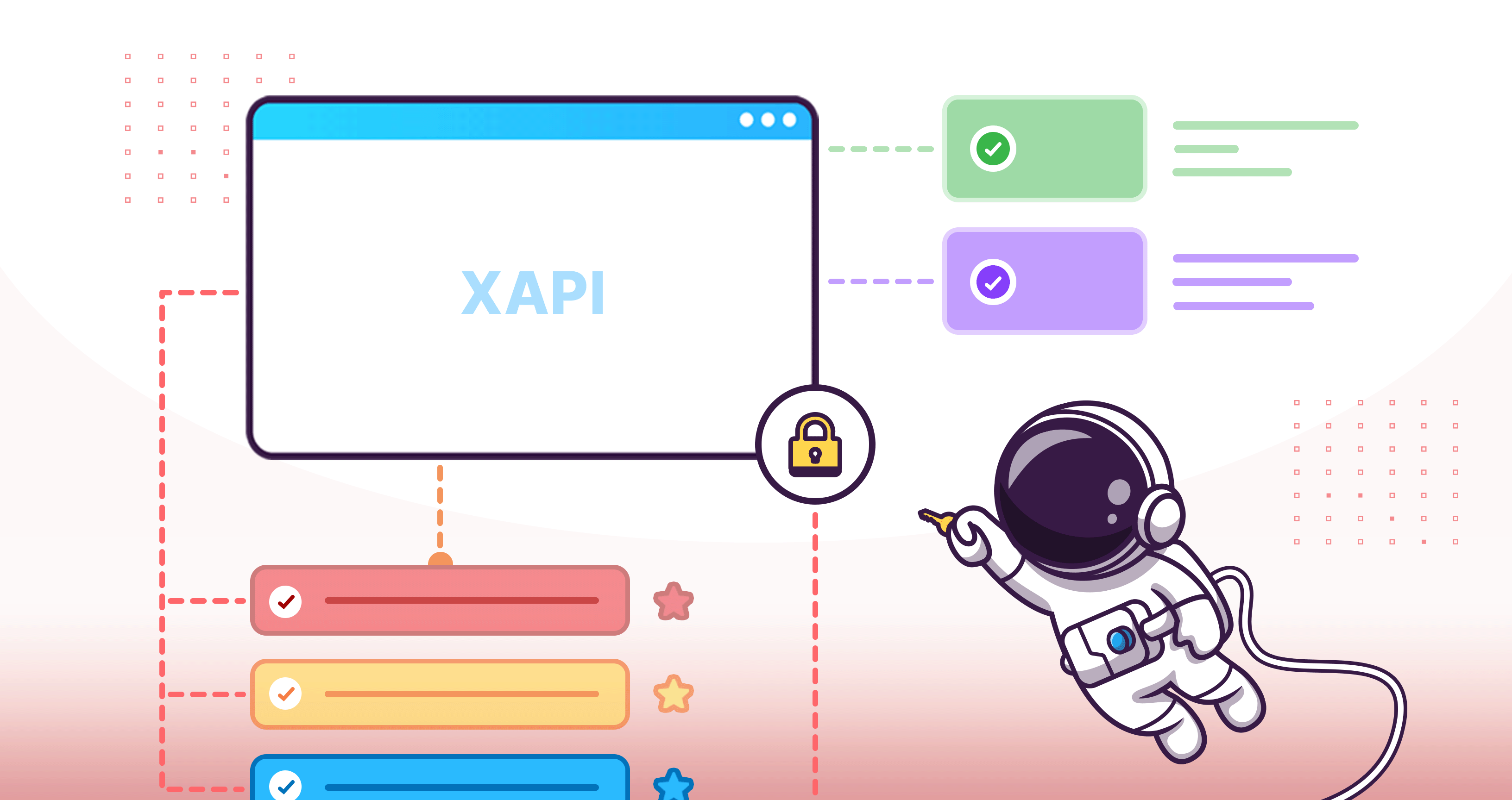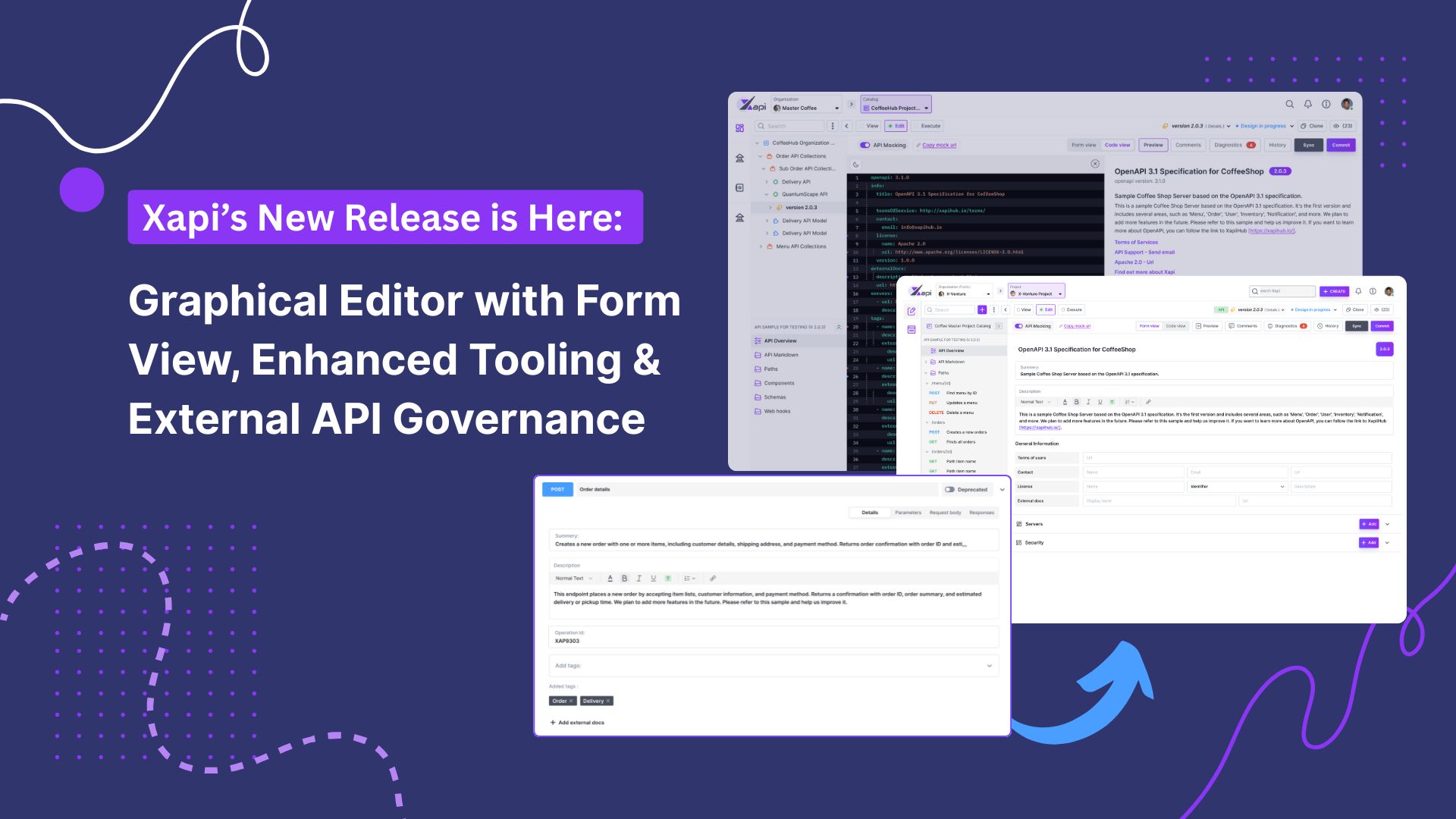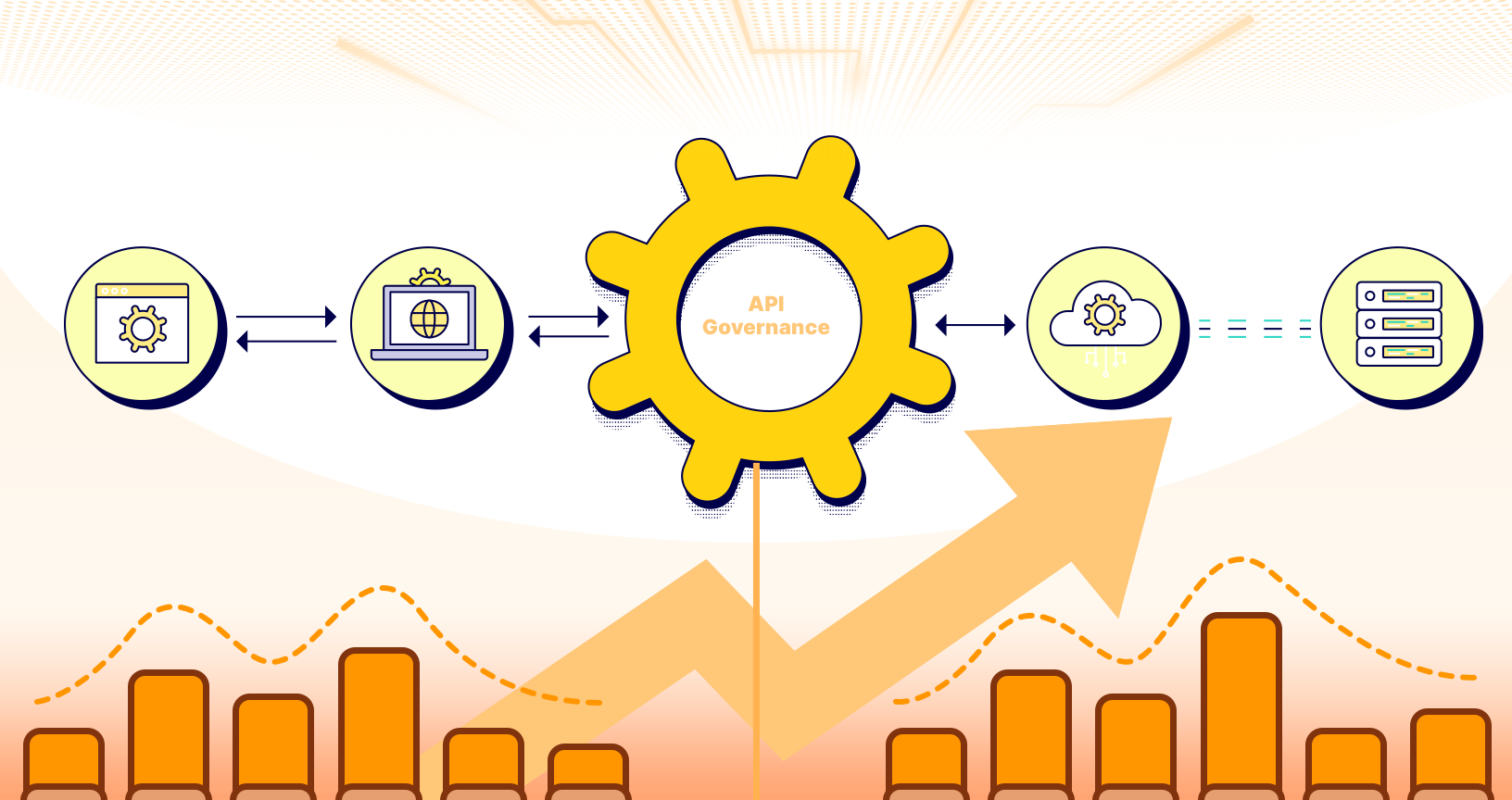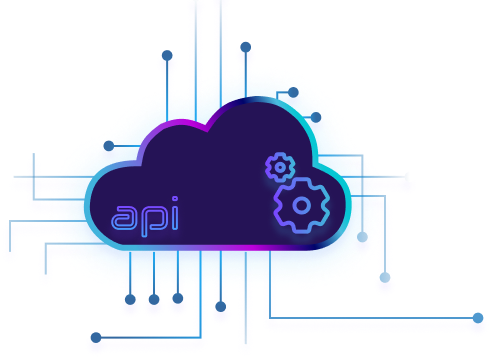Choosing Your Development Approach: Exploring the Differences Between API First, and Code First Methods.

Prabath Ariyarathna
15 April,2023 •
7 mins read
Business requirements and APIs go hand in hand in the software development process.
APIs are a way to expose business capabilities to the external world, serving as an interface between external parties.
When developing APIs, it is important to ensure they align with the business requirements.
This means that APIs should be designed with the specific needs of the business in mind.
Several factors are necessary to run a successful API program, such as a cultural shift, a proper API governance process,
and well-established standards. It is crucial to establish and enforce proper standards during the development process. Defining APIs with
proper standards and documenting using standard specifications like OpenAPI is essential for speeding up the development process. There are
various strategic ways to manage an API program. sons.
In a typical development lifecycle, once the business requirements are identified, business personnel work with the API governance team to
confirm the next steps. The questions to be addressed include whether new APIs need to be created for these requirements, whether existing
APIs can be used as is, or if existing APIs need to be customized. The answers could be one of the above or a combination thereof. Based on
these answers, there are typically two main options for execution.
Note:This can vary from one organization to another, depending on their development practices.

API first
"API first" is an approach to software development that prioritizes designing API specifications before starting any major development activities.
APIs are treated as first-class citizens, ensuring that they are well-designed, well-documented, and easily accessible to other applications and
services.
Code First
The "Code First" approach involves developing application source code based on business requirements, and then generating the API contract using a standard
definition language that depends on the protocol. Design decisions may also be made to some extent, depending on the development practice. The required metadata
for creating the final API documentation is defined at the application level using annotations or other methods.
Both approaches have advantages and disadvantages. The better approach needs to be defined based on your development requirements and strategic needs.
When to use API first?
-
When developer experience matters.
A well-documented API can help development teams to easily understand and visualize the logical flows of an application, thereby simplifying the development
process. A comprehensive API documentation that includes all required data can aid developers in enhancing their development experience by using API definitions
with external tools to generate useful details and components. Moreover, client libraries and SDKs can help developers quickly and effectively start their
development work. Additionally, style guides in the API documentation can promote consistency across APIs, enabling developers to better visualize how an API
functions and to test API behavior using "try-out" features and samples.
-
When delivering mission critical APIs.
The Design First approach is particularly useful when developing APIs intended for external customers or partners. In such cases, the API serves as a vital
distribution channel for end customers to consume the services you offer, making a well-designed API critical to ensure customer satisfaction. APIs developed
using this approach play a crucial role in representing your organization's services and can help enhance your organization's reputation in the marketplace.
-
Enhancing Productivity through Parallel Development
It is crucial to minimize development costs for any project. By having the backend and frontend teams work concurrently rather than sequentially, with the backend being completed before starting on the frontend, it is possible to achieve a substantial reduction in delivery time.
-
When consistency matters.
Maintaining consistency across APIs is important to ensure their quality. Early design enables us to focus on proper design principles and conduct reviews.
When to use code first?
-
When delivery speedy matters.
Starting to code the API directly from the requirements document can enable developers to implement the API at a faster pace. This can be particularly beneficial if the
go-to-market strategy places a high emphasis on speed and agility as key factors for the success of the API program. By following this approach, the definition of the API
is kept consistent with its implementation, and team members may find it simpler and easier, particularly for one-off and small customized applications.
-
If APIs are only intended for internal communication
Consistency and standards may not be as crucial for internal APIs, so opting for a 'Code first' approach could be a viable option.
How can Xapi help?
At Xapi, we ensure that our product seamlessly integrates with various development workflows, regardless of the approach. We understand the significance of meeting our users at
their specific stages in the API journey, which is why we offer a wide range of tools to assist them.
Xapi's requirement management capabilities are designed to effectively manage API requirements.
Xapi provides extensive tooling capabilities for designing and properly documenting APIs.
API review is crucial for maintaining consistency, and Xapi provides all the necessary capabilities to conduct thorough API reviews.
Xapi's main objective is to create a centralized location for all API requirements.
Having a holistic view of the API program is crucial for making informed decisions. Xapi's API catalogs provide a clear and comprehensive view to facilitate this.

Prabath Ariyarathna
Prabath Ariyarathna is the Co-founder and Chief Product Officer at X-venture.
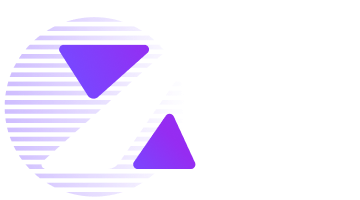


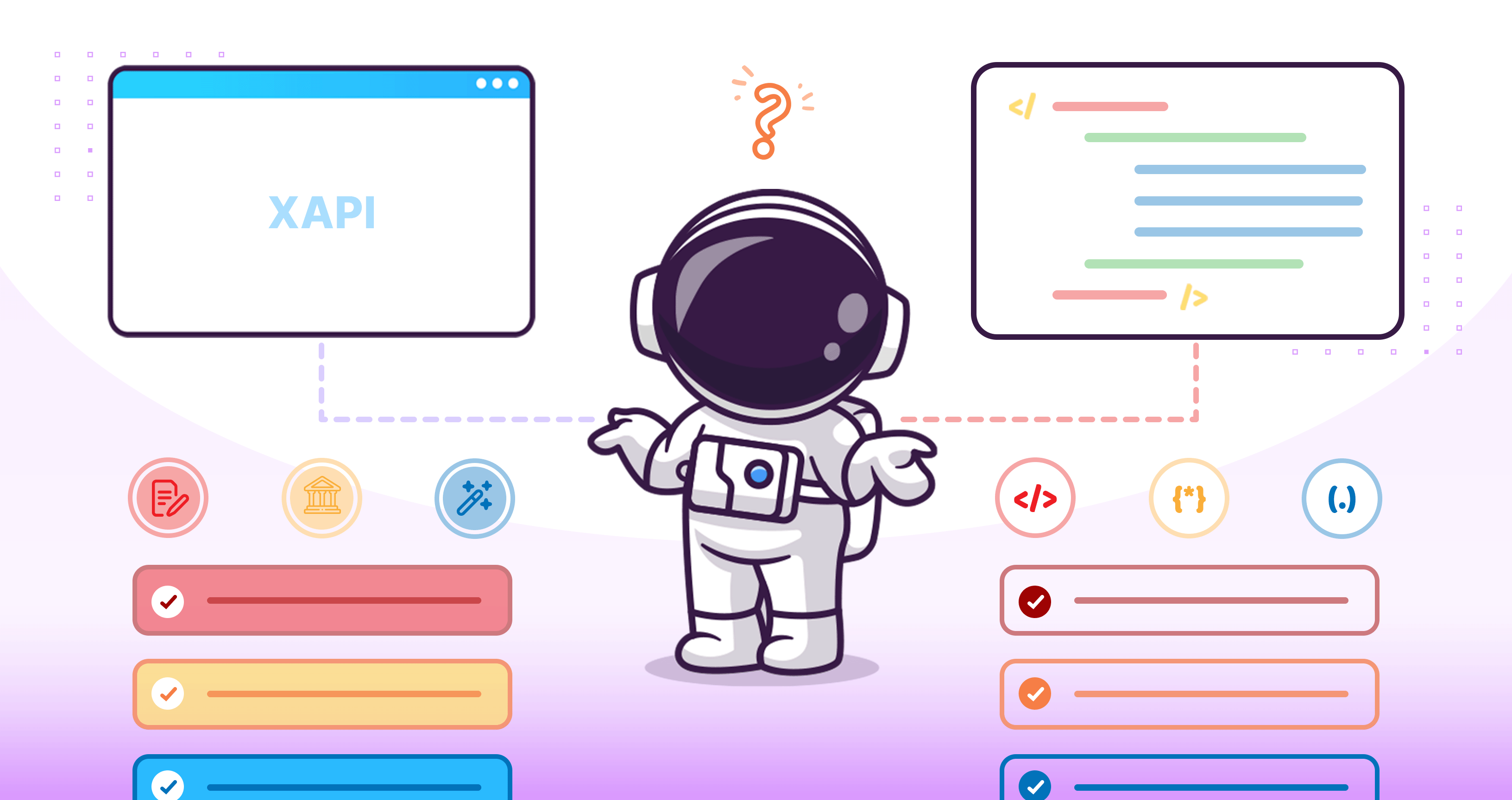


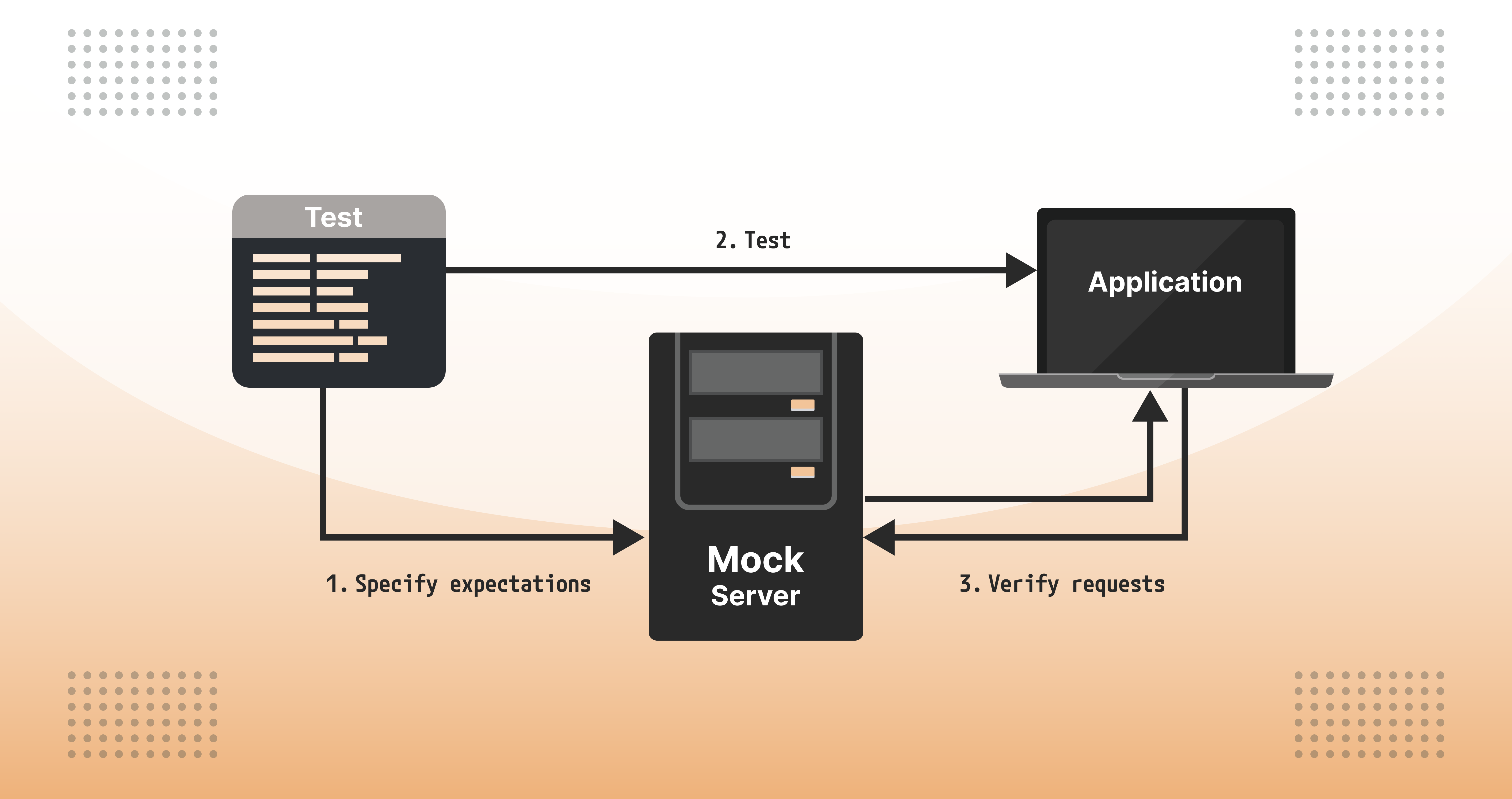
.jpg)
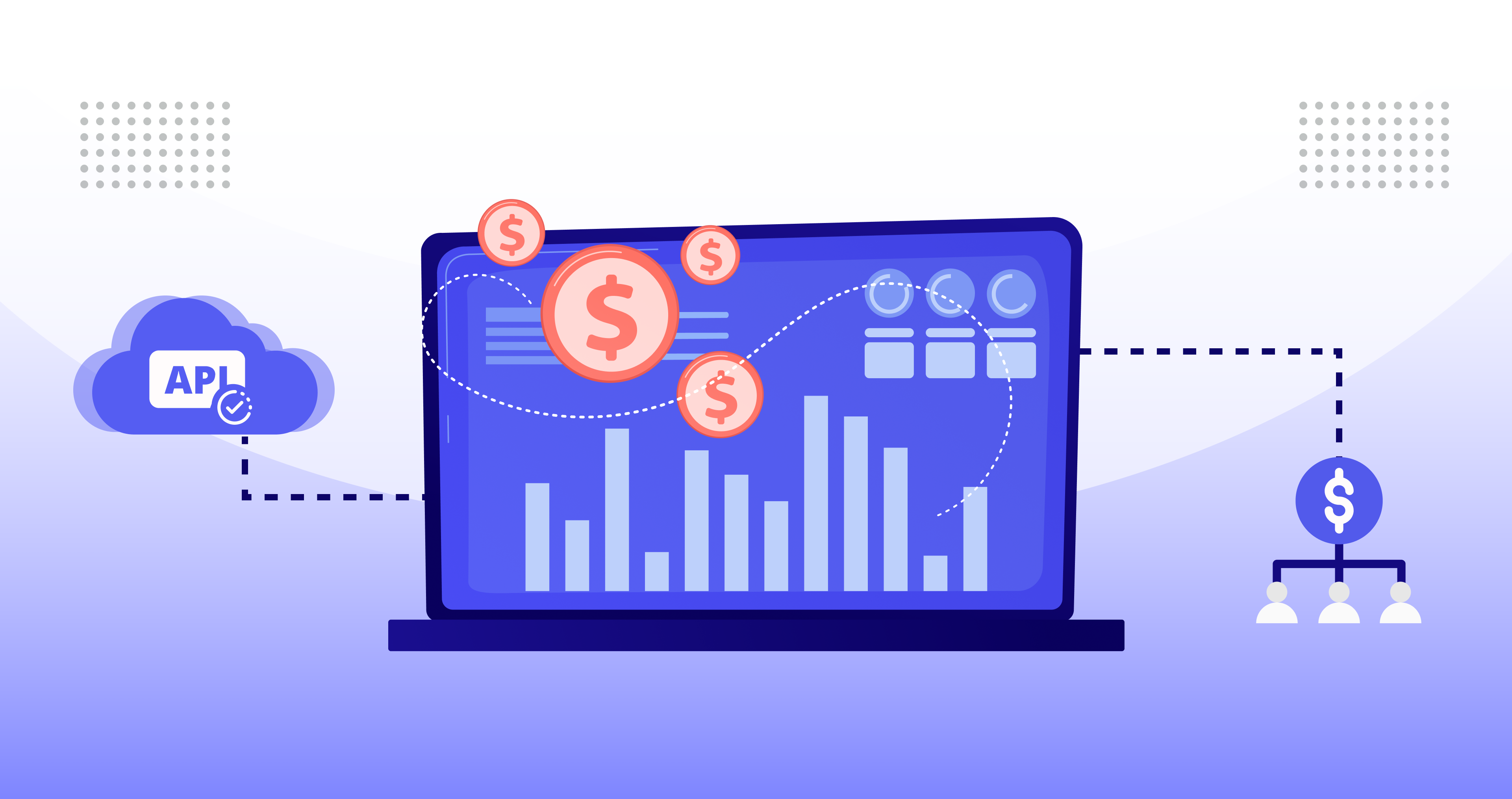
.png)
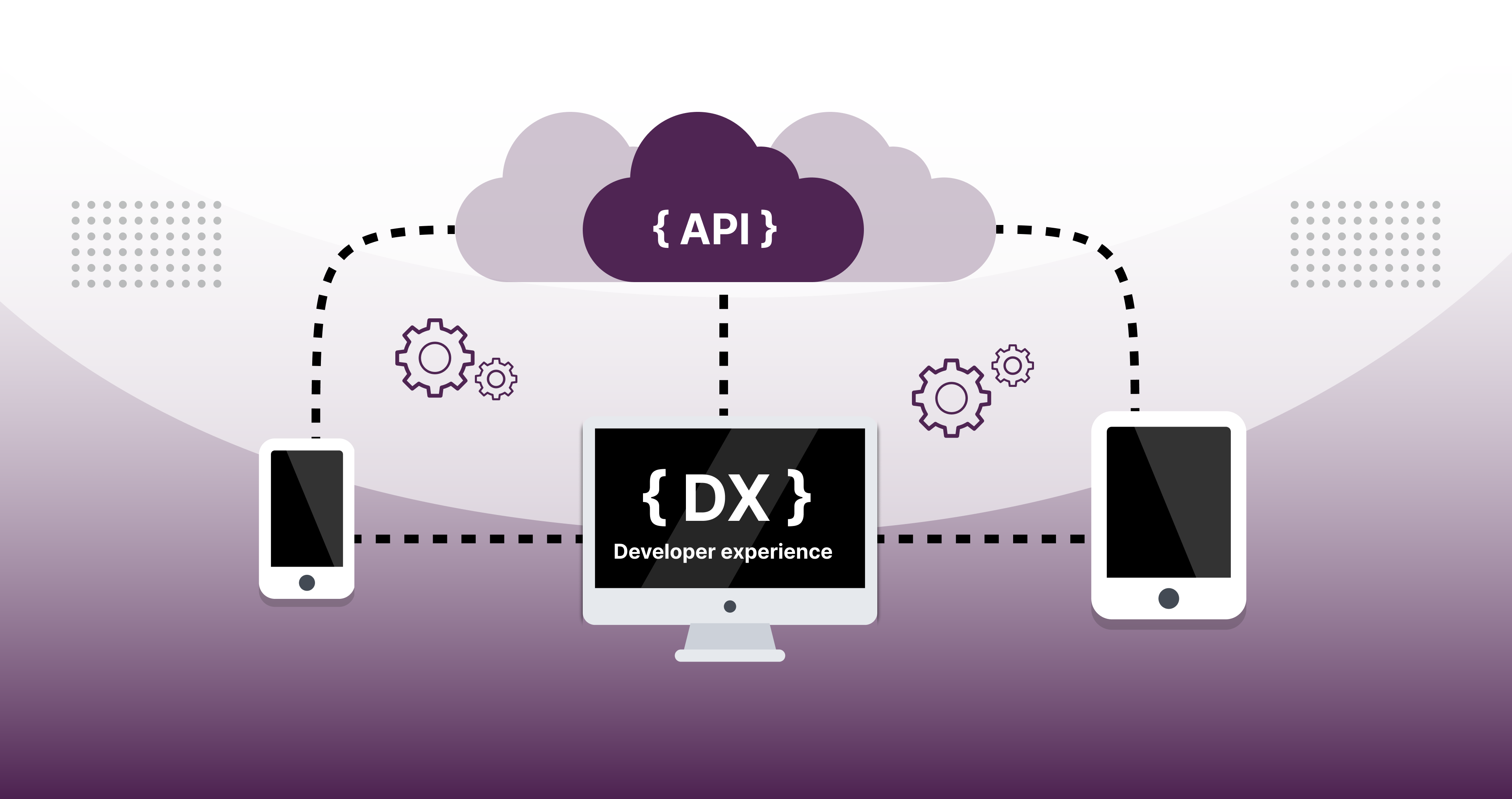

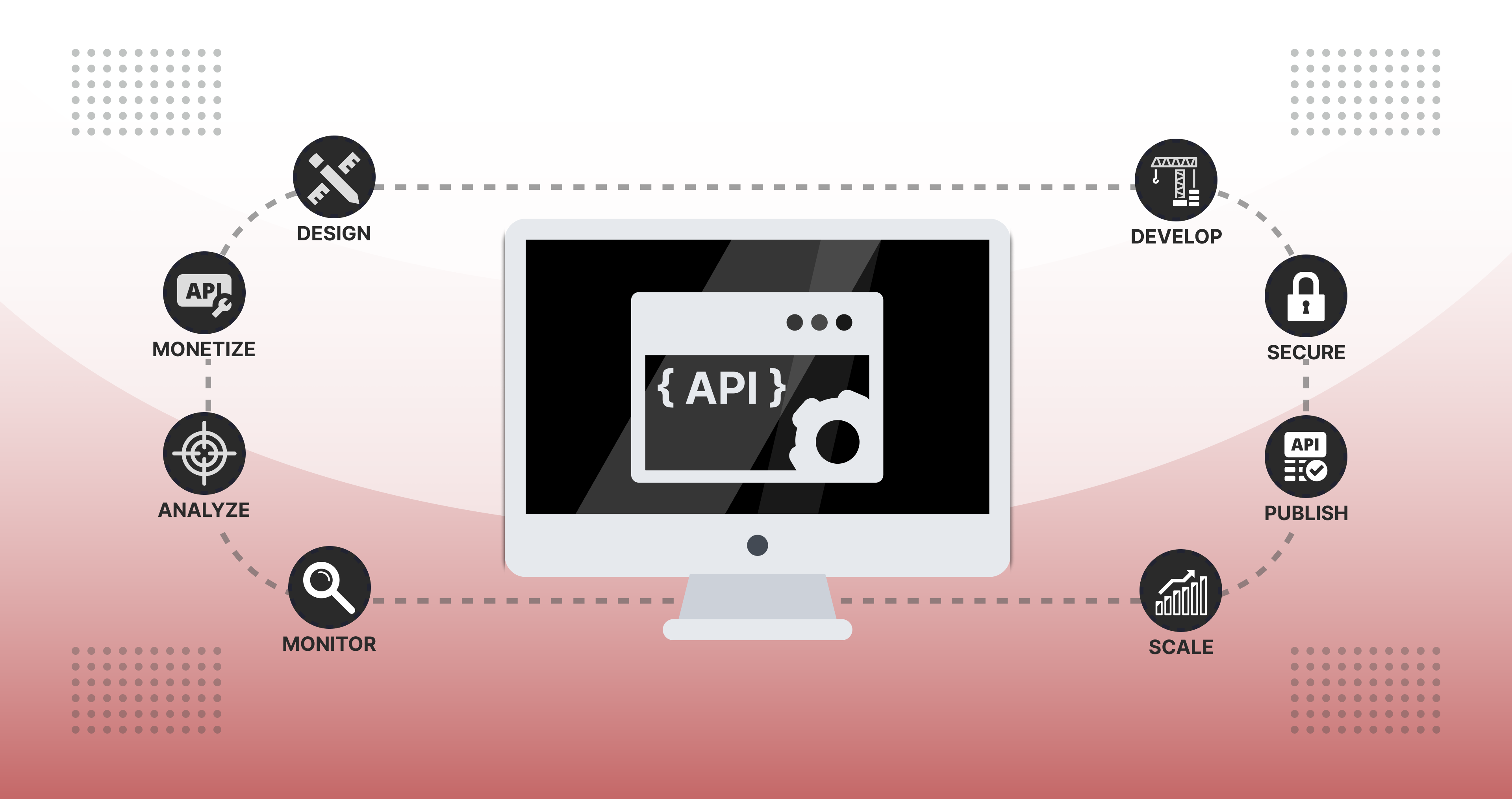
.jpg)
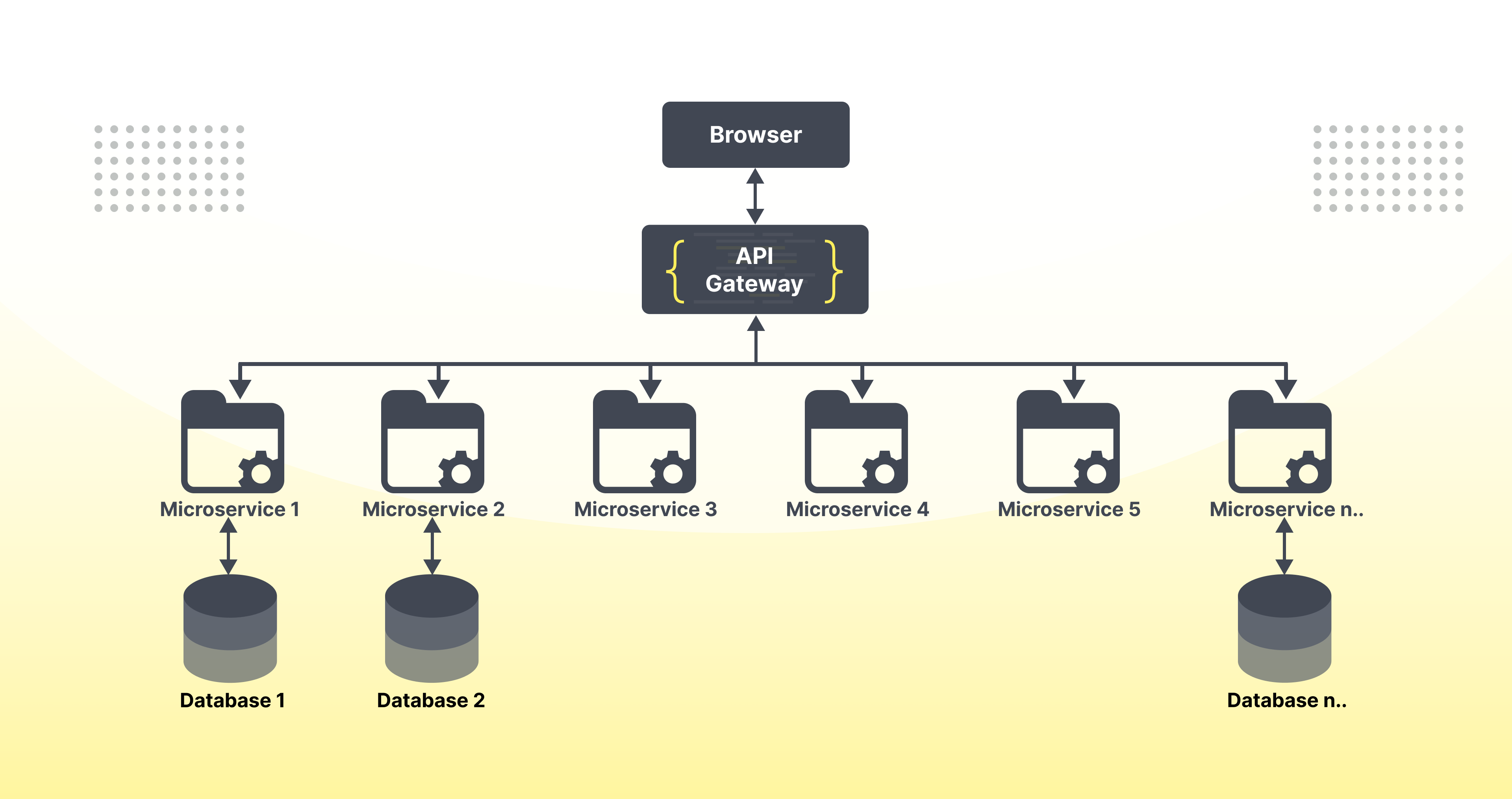

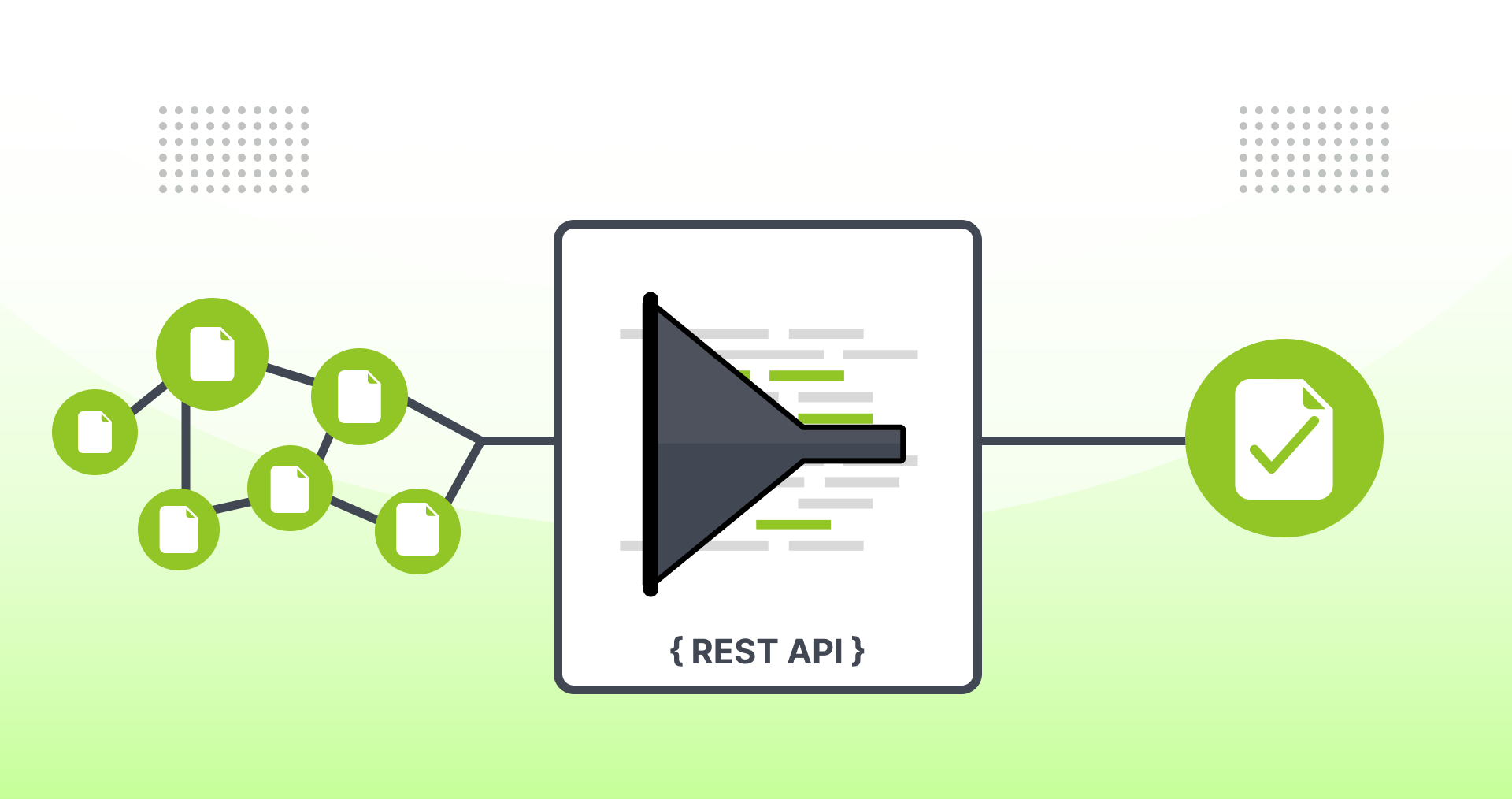

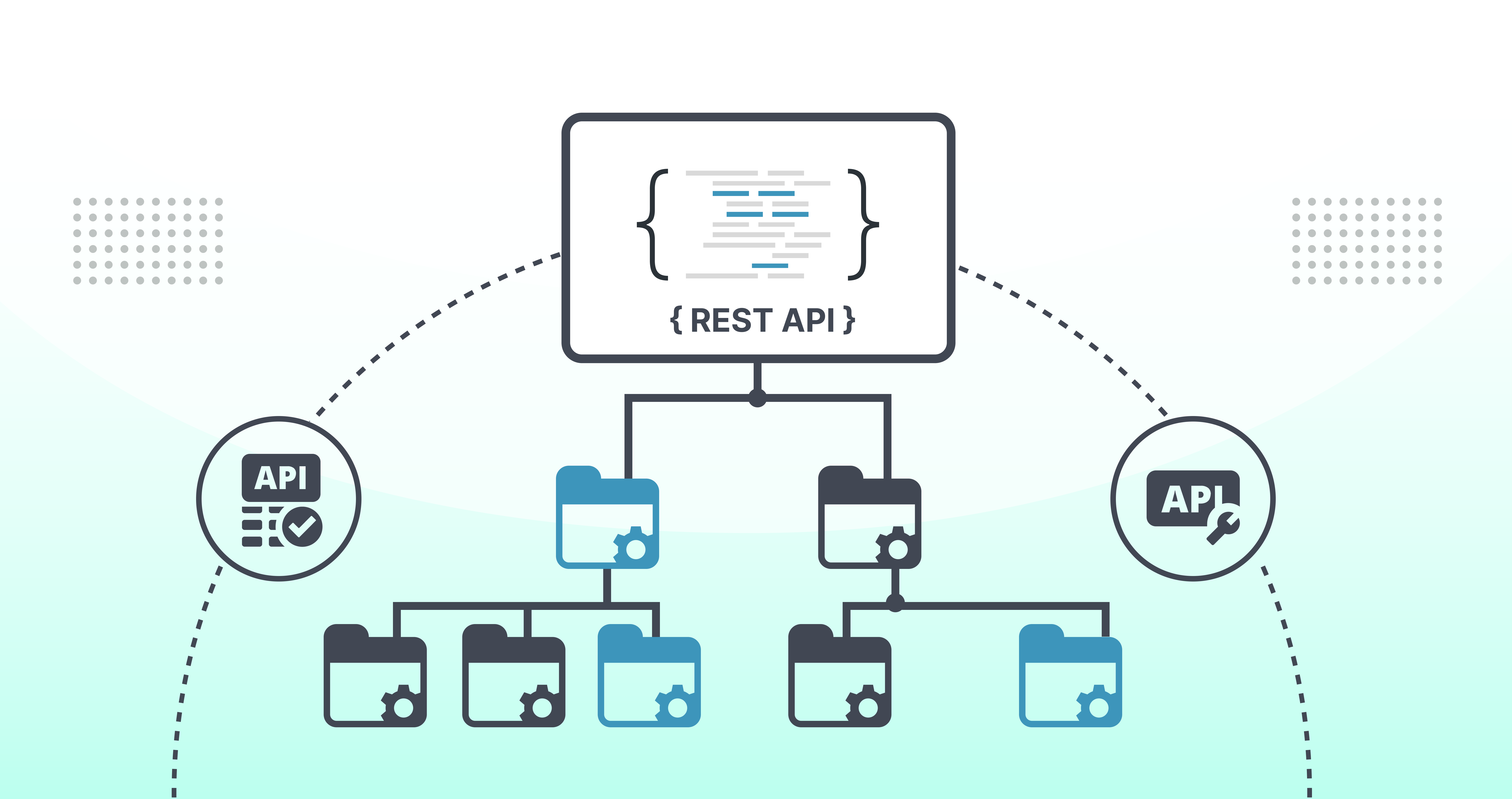

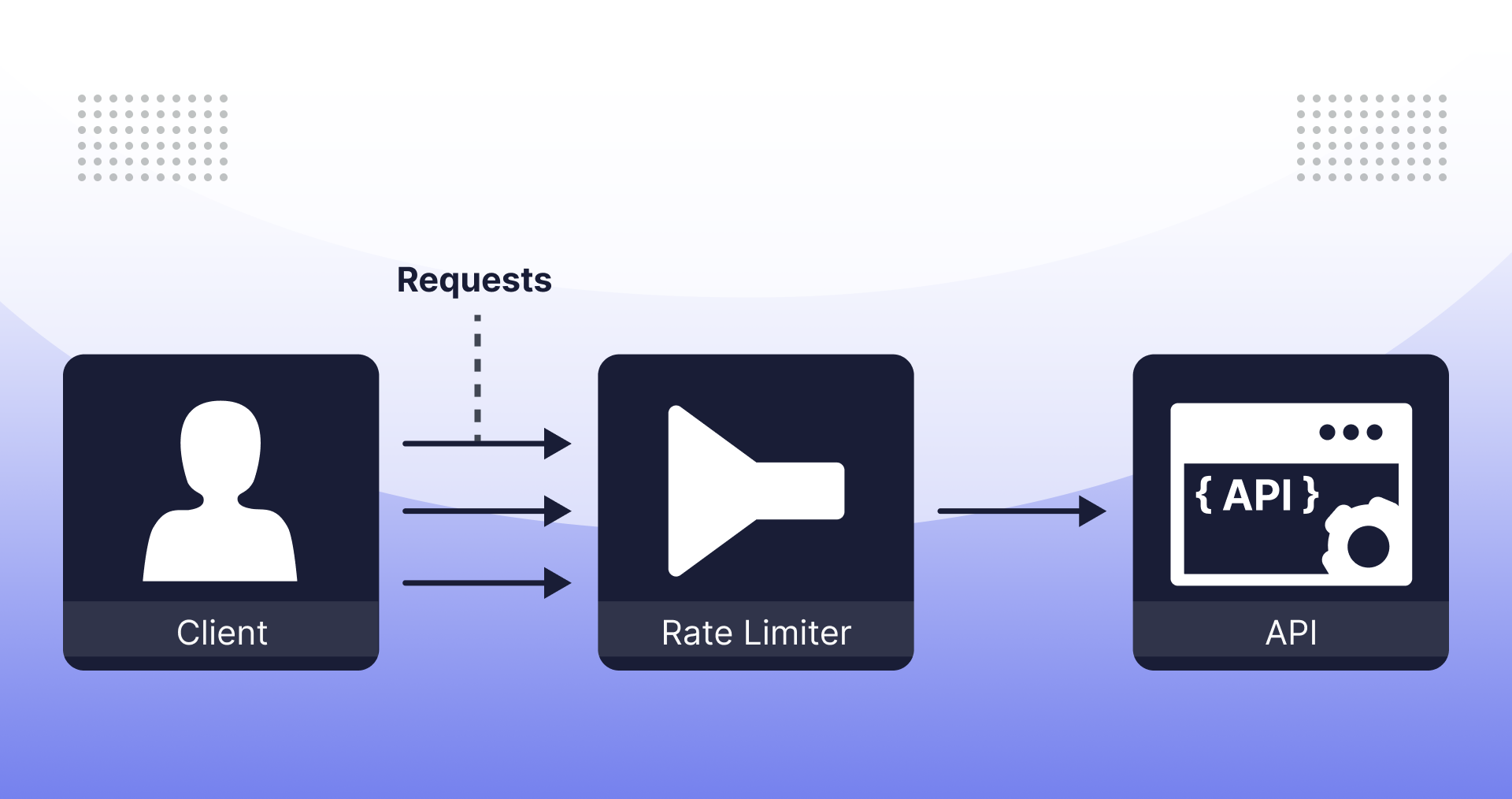

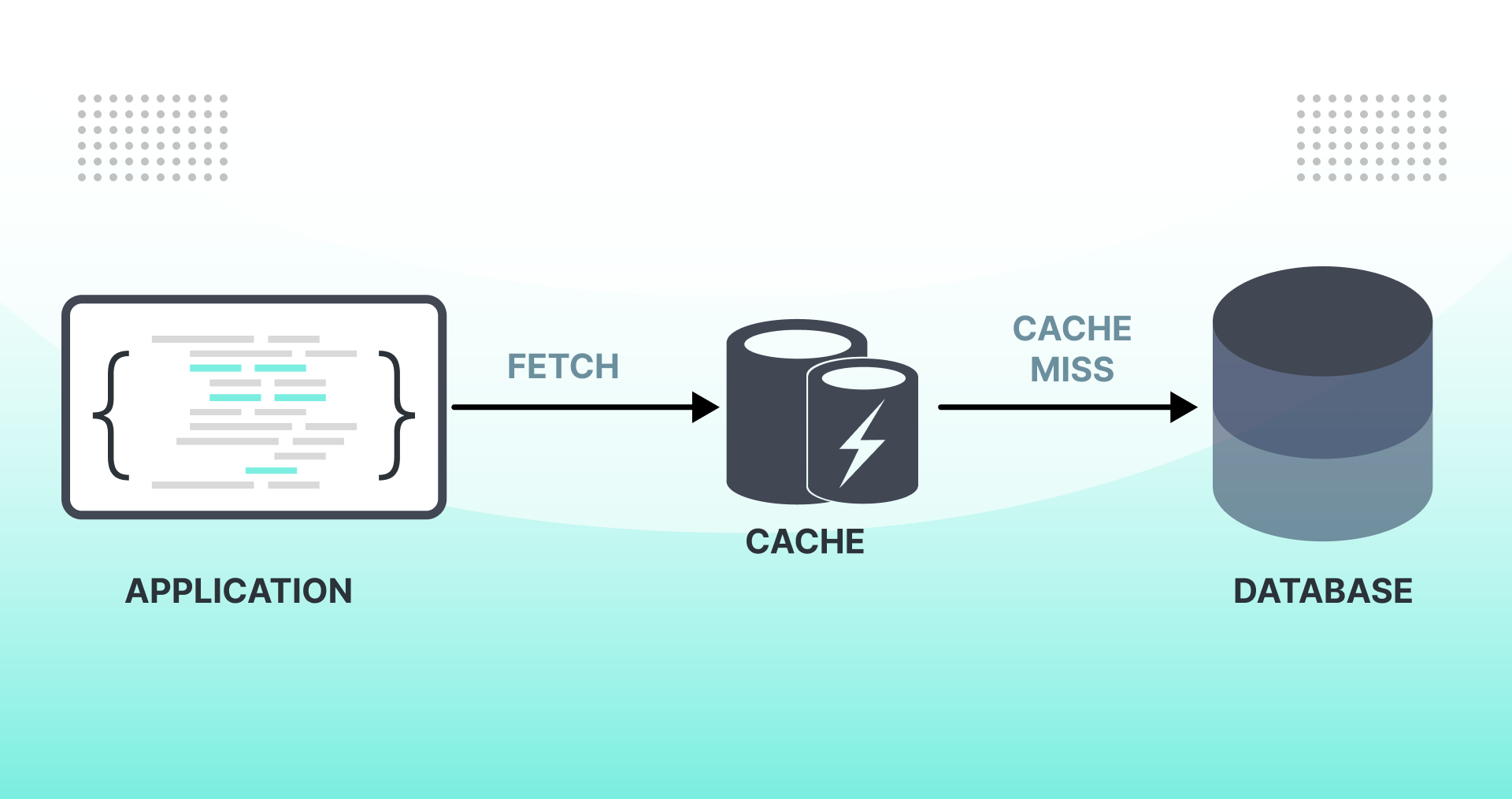

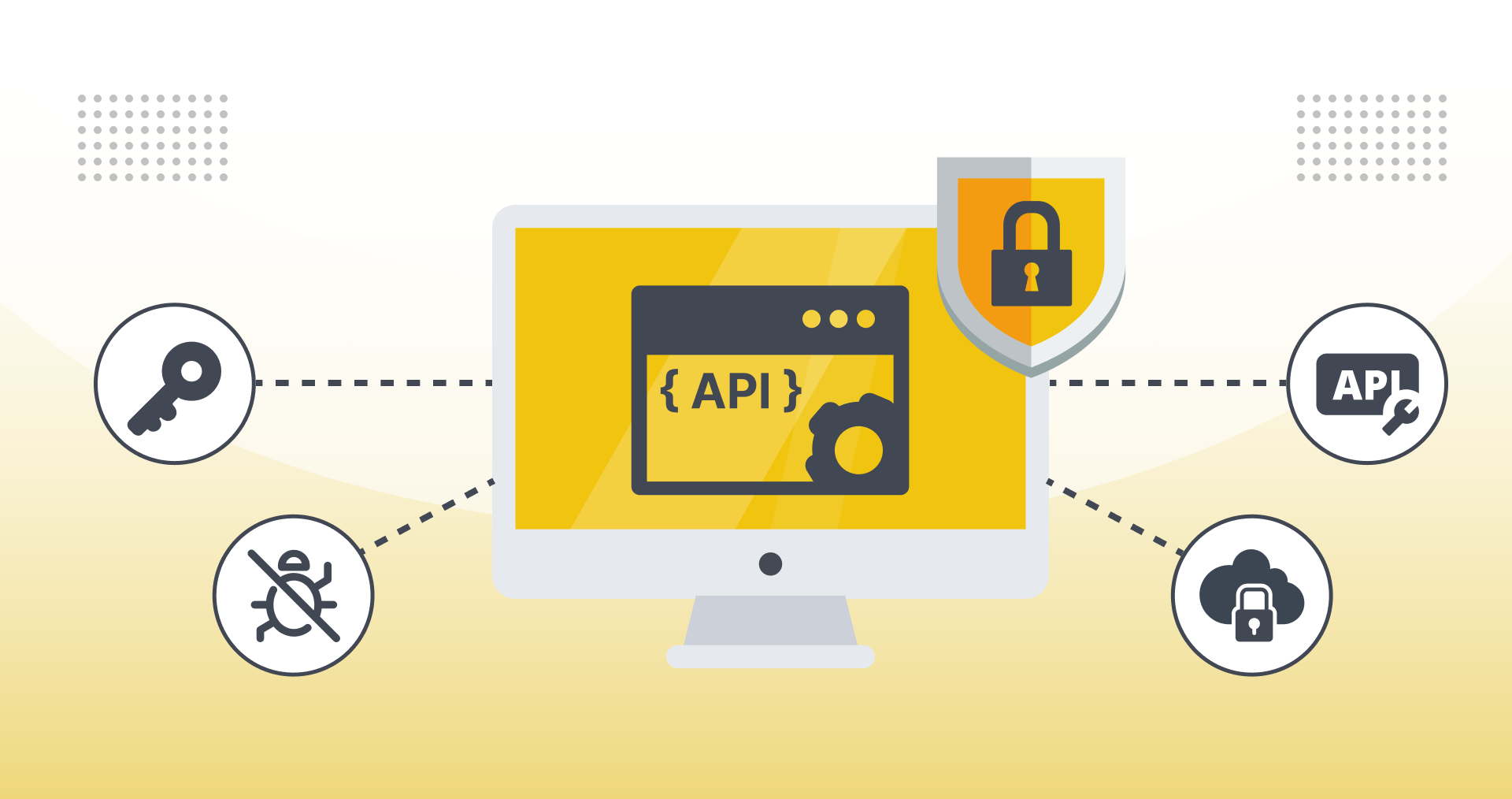

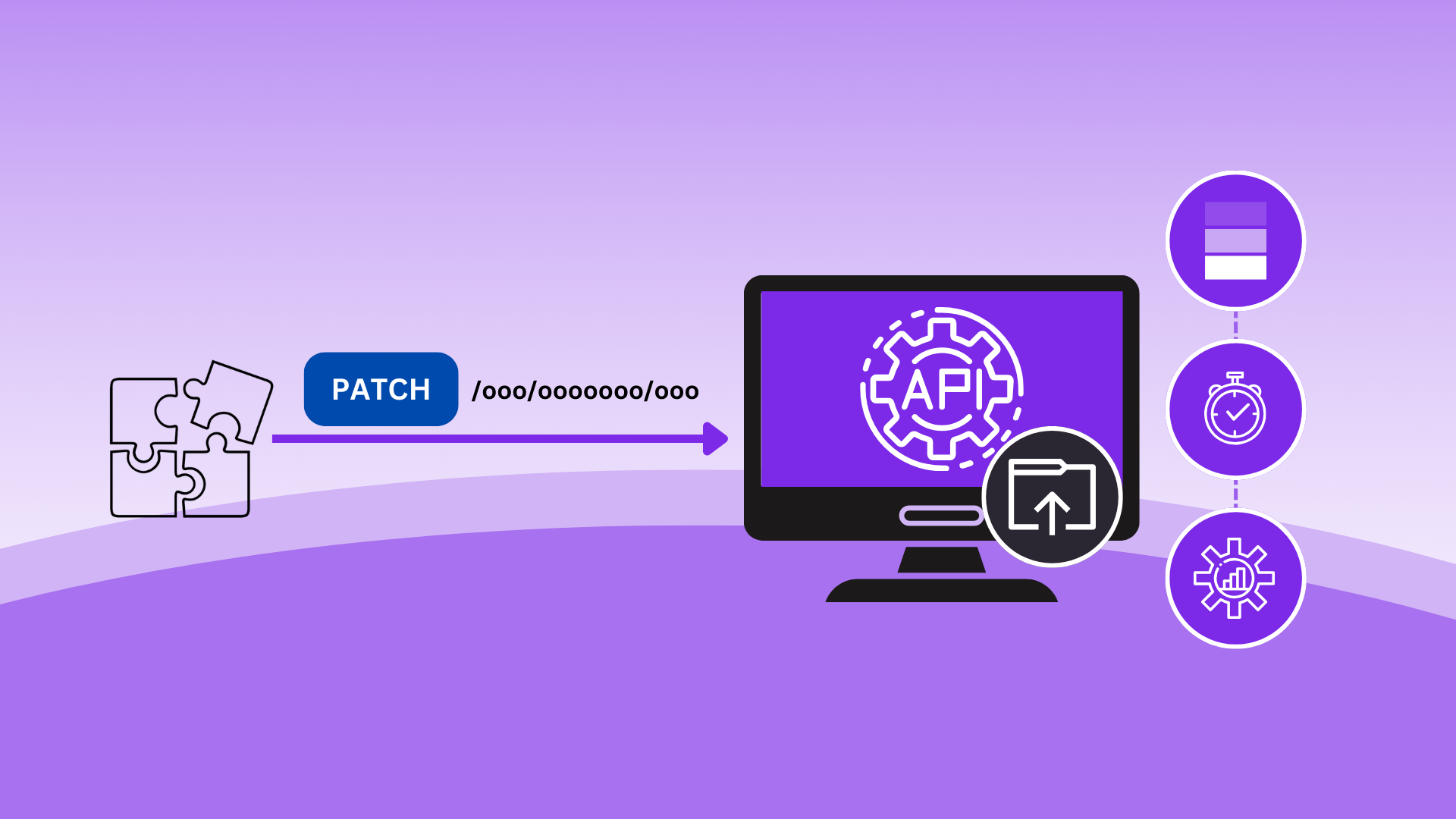
.jpeg)
